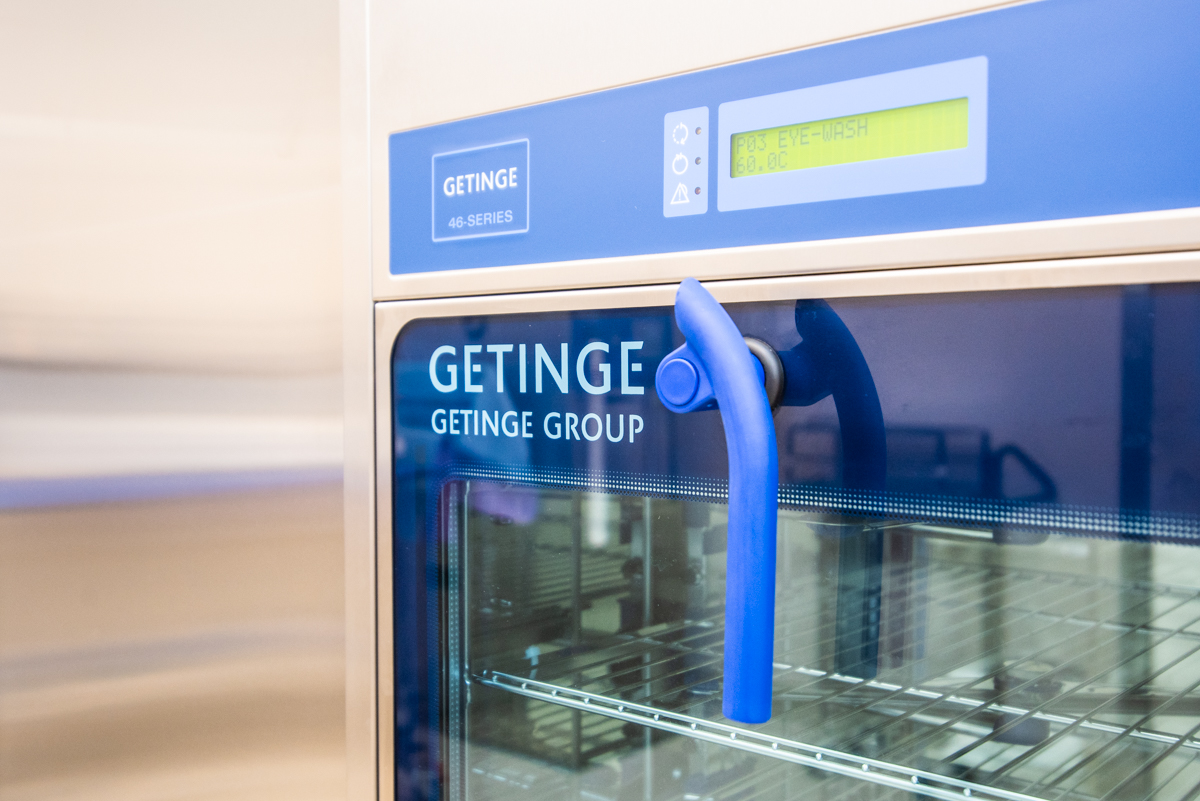Busy? You bet. Over the last eight months I’ve been through a few airports, for good reason – the health sector at BADGE has never looked… well, healthier.
In Queensland, we’re about to finish off a very successful refurbishment project in a live operational environment at Robina Hospital, which comes off the back of a similar job at Caloundra Hospital.
Over the other side of the nation, our Perth team delivered an incredibly complex Intraoperative MRI facility at Sir Charles Gairdner Hospital, which then led to a major refurbishment of the St John of God Hospital at Subiaco, including the upcoming Ivy Suite cancer treatment area. Like in Queensland, both of these projects came together in a busy live hospital environment.
And last but definitely not least, in my home town of Adelaide, we delivered the North East Medical precinct – which included a fantastic day surgery facility for Vision Eye Institute’s expansion into South Australia.
With the people we have involved in these projects, their growing experience and the innovation they are able to provide, the future is looking bright in the health sector across all of our offices.
As for the challenges we’ll be tackling in the future – they haven’t changed…
Health sector projects still seem to come unstuck due to poor planning around the major items of clinical equipment. The equipment requirements are so specific that they drive the design from the start – so early vendor involvement will ensure better project outcomes. The procurement department may disagree with me on that one, but they don’t deliver the project! Generic design just doesn’t work and will ultimately cost more and take longer. It’s not what a good project looks like.
Our Vision Eye Institute project is a textbook example of forward planning. We were involved during the design phase to ensure all significant clinical equipment could be coordinated into the design. The client selected Draeger pendants and lights, so we immediately began work to ensure the design complied with Draeger requirements. I drew on my experience from the new Royal Adelaide Hospital to work through the detail and mitigate the risks. This was also useful in the CSSD area, which (although very small compared to nRAH) required careful consideration of Getinge equipment requirements, and then design coordination to ensure good outcomes. So just like on the Vision Eye Institute job, I advise clients to choose their equipment first and then start the design, which will ensure success.
I also believe in and support a shift towards having designs reviewed by clinical experts and/or end-users – staff who understand how each space is to be used and how each piece of clinical equipment integrates with the space. This will take a little longer, but it will produce better project outcomes. In particular, I see infection control reviews as a critical step. So I’ll say it again: clinical design reviews must happen during the design phase!
I look forward to more health sector opportunities which involve BADGE as an active participant in the design phase. However, this is proving challenging. Project delivery methods in health still seem to prefer keeping the builder sidelined during design. To me, this is a missed opportunity, because we can add value and contribute to improved project outcomes from our experience on previous projects.
With model of care principles and technology changing fast in the health sector, the facilities need to keep up. So there are some exciting times ahead and I can’t wait for our teams to be part of them – all the way from design through to delivery.
Browse more BADGE Blog posts

